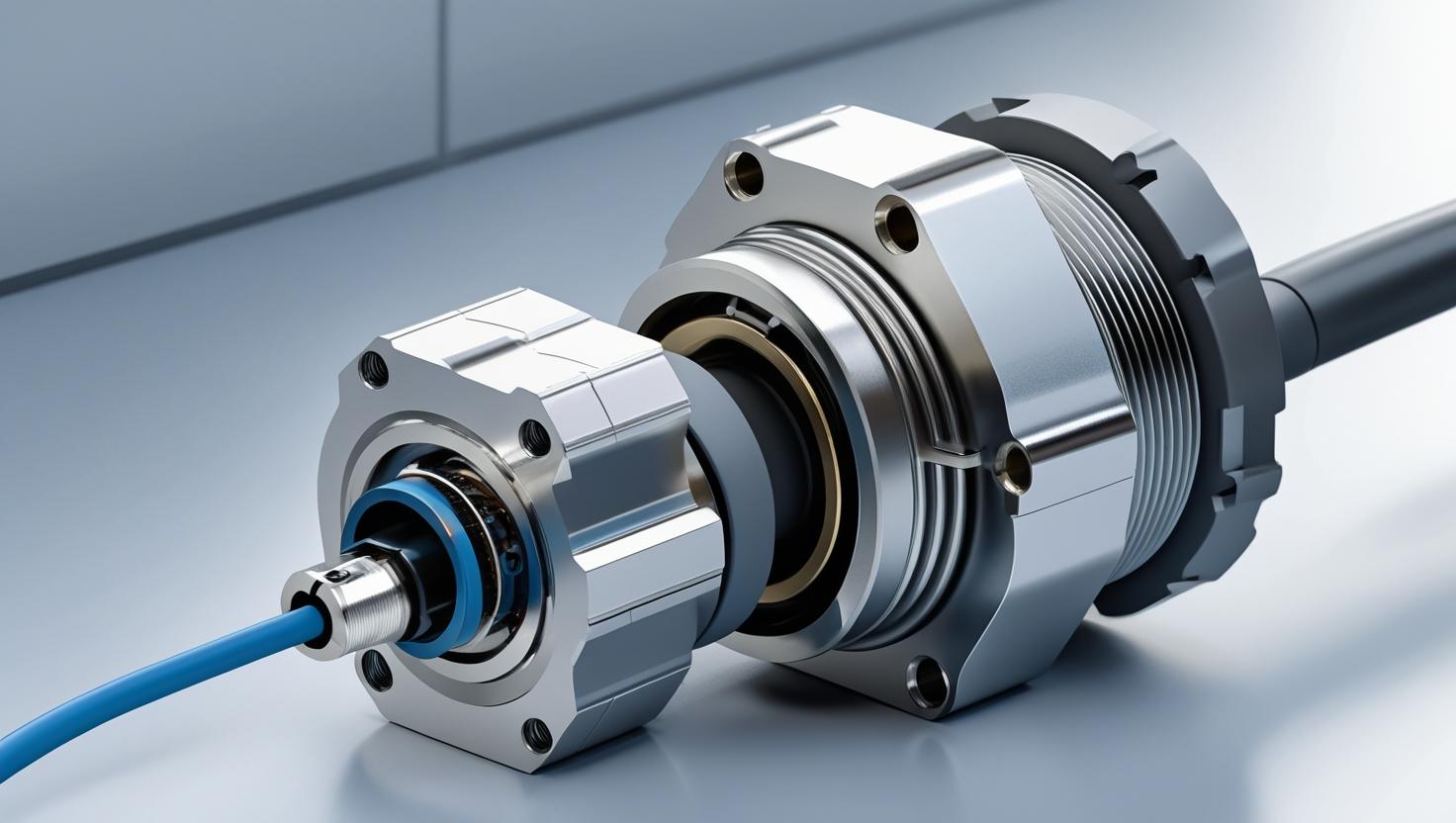As digital infrastructure becomes more distributed, intelligent, and energy-intensive, data centers are under constant pressure to deliver uninterrupted service with maximum efficiency. One of the technologies quietly revolutionizing data center operations is the magnetic current sensor—a compact, precise, and non-intrusive device that provides real-time visibility into power consumption across electrical systems.
The global magnetic current sensor market is projected to grow from USD 1.98 billion in 2025 to USD 3.51 billion by 2030, at a CAGR of 12.1%.
The high adoption of hall-effect current sensors is a key driver of the magnetic current sensor market, owing to their versatility, cost-effectiveness, and ability to measure both AC and DC currents. These sensors provide accurate, contactless current measurement, making them ideal for a wide range of applications such as electric vehicles, industrial automation, consumer electronics, and power supplies. Their non-intrusive design ensures safety and system integrity, while advancements in integration and packaging have enabled compact, energy-efficient solutions. The growing need for reliable, real-time current monitoring across various industries continues to accelerate the demand for Hall-effect sensors worldwide.
The Role of Magnetic Current Sensors in Data Centers
Magnetic current sensors are designed to measure the flow of electric current by detecting the magnetic field generated around a conductor. Unlike traditional methods that require direct electrical contact or introduce resistance, magnetic sensors operate safely and efficiently, offering galvanic isolation and zero power loss during measurement.
In data centers, these sensors are integrated into power distribution units (PDUs), switchgear systems, server racks, and uninterruptible power supplies (UPS). Their real-time current feedback supports intelligent power management, load balancing, fault detection, and predictive maintenance—all crucial to minimizing downtime and optimizing performance.
Growing Demand for Real-Time Monitoring
Real-time load monitoring is now a necessity. With rising workloads, virtualization, and fluctuating power demands, the ability to monitor current at the rack and circuit level allows operators to identify overloaded circuits, track energy consumption, and optimize cooling strategies. Magnetic current sensors provide the precision and speed required to respond instantly to changes in electrical load, helping avoid costly outages and ensuring compliance with energy efficiency targets.
As data centers strive for sustainability and operational excellence, magnetic sensors play a key role in tracking power usage effectiveness (PUE), forecasting capacity needs, and supporting dynamic energy allocation.
Download PDF Brochure @ https://www.marketsandmarkets.com/pdfdownloadNew.asp?id=187942507

Technology Evolution
Modern magnetic current sensors are evolving rapidly. They now offer digital outputs, high accuracy across a wide current range, and built-in features like temperature compensation and self-calibration. This makes them ideal for environments where conditions change quickly and measurement reliability is paramount.
Open-loop sensors offer a compact, cost-effective option for general monitoring, while closed-loop variants provide superior accuracy and linearity for more demanding applications. Emerging technologies like magneto-resistive sensing are pushing boundaries further with greater sensitivity and lower power consumption.
A Market on the Rise
The market for magnetic current sensors is growing steadily, driven by the expansion of hyperscale data centers, the rise of edge computing, and increasing demand for energy-efficient IT infrastructure. These sensors are now considered essential components in next-generation data center designs, helping facilities manage rising power densities and support smarter energy architectures.
Sensor manufacturers are also aligning their innovations with the needs of modern operators—offering modular solutions, easier integration with monitoring software, and compliance with industrial and environmental standards.
The magnetic current sensor market includes Tier I and II players, such as :
- Allegro MicroSystems, Inc. (US),
- Infineon Technologies AG (Germany),
- TDK Corporation (Japan),
- Asahi Kasei Corporation (Japan),
- LEM International SA (Switzerland),
- Melexis (Belgium), and
- TAMURA Corporation (Japan), among others.
Future Outlook
Looking ahead, magnetic current sensors will be foundational to the next wave of intelligent, sustainable, and scalable data centers. As energy costs rise and regulatory pressures increase, the ability to monitor, measure, and act on real-time power data will become a competitive advantage.
Whether used for high-resolution monitoring, system diagnostics, or dynamic power allocation, magnetic current sensors are empowering data centers to move from reactive to predictive operations—delivering performance, resilience, and energy intelligence in equal measure.
FAQ
Magnetic Current Sensors for Real-Time Load Monitoring in Data Centers
1. What is a magnetic current sensor?
A magnetic current sensor measures electric current by detecting the magnetic field surrounding a conductor. It converts this magnetic field into an electrical signal, enabling non-contact and electrically isolated current measurement.
2. Why are magnetic current sensors important in data centers?
Data centers require accurate, real-time power monitoring to maintain uptime, optimize energy use, and support predictive maintenance. Magnetic current sensors provide continuous, precise current measurements without interrupting power flow, making them ideal for integration in power distribution units (PDUs), UPS systems, and server racks.
3. How do magnetic current sensors support real-time load monitoring?
These sensors provide instant feedback on current levels in individual circuits or equipment. This data is used by Data Center Infrastructure Management (DCIM) systems to track usage trends, detect overloads, balance loads, and forecast power demands in real time.
4. What types of magnetic current sensors are used in data centers?
Common sensor types include:
- Hall-effect sensors: Ideal for measuring AC and DC currents; widely used due to their cost-effectiveness and compact size.
- Magneto-resistive sensors: Offer higher sensitivity and lower power consumption for more precise applications.
- Closed-loop sensors: Provide better accuracy and linearity for critical load monitoring tasks
